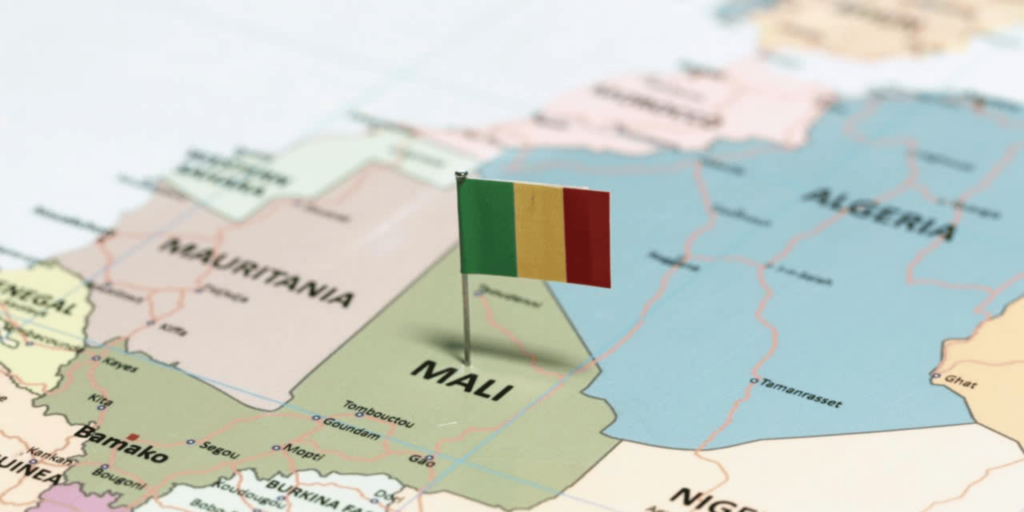While many focus on AI’s role in customer service chatbots or network monitoring capabilities, the underlying changes run deeper: AI will help alter how telecom services are structured, delivered and optimized. Here are our predictions for 2025.
#1: AI Will Enhance Network Intelligence
Traditional telecom networks generate massive amounts of data, but this information remains trapped in silos, limiting its utility. In 2025, a significant shift will start to occur as Large Language Models (LLMs) begin integrating across the entire telecom stack, changing how networks operate and adapt
LLM-powered systems will enhance network management through conversational interfaces, allowing administrators to interact naturally with their data. By recognizing patterns across previously disconnected data points, these systems will enable proactive maintenance and help predict network failures, reducing service interruptions. The technology will also optimize network resources automatically, using real-time usage patterns and predicted demand to improve capacity allocation and cost management.
These systems will convert raw telecom data into actionable business intelligence. Network operators will gain new insights into customer lifetime value and identify service opportunities that were previously hidden and uncorrelated in siloed data environments.
However, this advancement comes with important caveats. Network operators must carefully validate AI-generated insights, as LLMs can hallucinate with a high degree of inaccuracy. The challenge of 2025 will be striking the right balance between AI automation and human oversight in critical network operations.
#2: AI Will Enable Autonomous Network Operations
Self-healing networks will emerge in 2025 as AI takes on a larger role in network operations and performance management. Telecom providers are moving beyond basic automation toward autonomous networks that can predict, prevent and resolve issues with minimal human intervention.
The addition of AI systems, such as Agentic AI, that interact with a combination of other AI technologies including machine learning, natural language processing and automation technologies, allows decisions around network optimization and performance to be made autonomously without constant human guidance and attention. Agentic AI will make decisions and adapt to changes autonomously based on predictions and human behavior, learning and improving from these interactions as it goes to proactively solve complex network problems independently.
These types of systems mark an important shift in network management, analyzing network data to prevent potential issues or resolving issues faster and more efficiently. From identifying signaling storms to adjusting for bandwidth spikes from new device launches or fraudulent network usage, AI will optimize network performance while determining cost-effective operational strategies.
The industry acknowledges the risks in this transition. As telecom providers expand their AI capabilities, they must balance automation with transparent, unbiased decision-making that meets regulatory requirements.
#3: AI Will Reshape Telecom Economics
AI will enable new approaches to telecom pricing and delivery in 2025. Static pricing and service models are shifting toward dynamic, AI-driven systems that align with network capabilities and customer needs.
This change is evident in how telcos are adapting to bandwidth-intensive applications. Gaming illustrates the trend: as 5G networks mature, providers need pricing models suited to low-latency, high-throughput scenarios. The implications extend beyond gaming to XR (Extended Reality), enterprise services, private 5G networks, cross border plans, IoT and V2X (Vehicle to everything) deployments.
AI will guide this economic evolution by helping carriers implement responsive pricing strategies. These systems will adjust pricing based on capacity demands, service quality metrics and usage patterns, identifying revenue opportunities while optimizing network resources.
The transition moves telecoms from fixed service tiers toward flexible, value-based models. AI systems will analyze market conditions, customer behavior and network performance to spot and act on new revenue opportunities.
#4: AI Will Advance Customer Experience
AI’s role in telecommunications customer service will expand in 2025, moving beyond today’s basic chatbots. AI assistants will act as problem-solvers, analyzing usage patterns and suggesting plan adjustments based on individual needs.
These systems will graduate to addressing complex issues, including billing discrepancies, device troubleshooting and service disruptions more efficiently than current solutions. By connecting with autonomous network operations, these assistants can identify and resolve problems in a contextual, conversational, human-like interface and in most cases resolve them before customers notice them.
Mobile Virtual Network Operators (MVNOs) will introduce AI co-pilots that change how customers interact with their providers. These assistants, available through mobile devices, will offer immediate support without requiring traditional customer service channels. They’ll function as service advisors, using network data and economic insights to customize service recommendations.
Looking ahead
While these changes won’t fully mature by 2025, the year will mark AI’s shift from experimental to established technology in telecom infrastructure, alongside a paradigm shift from AI assisting Humans to Humans assisting AI. Success will come to organizations that grasp AI’s broader potential: moving beyond automation to reshape how telecom services are delivered.
This evolution brings challenges, from privacy concerns to data governance and AI validation requirements. Yet the benefits—improved network efficiency and personalized services—make adoption necessary.
As we approach 2025, the question becomes not whether AI will alter telecom infrastructure but how organizations will adapt to and use these capabilities to drive better business performance.
Source: www.thefastmode.com
Author: Adil Belihomji
Adil Belihomji is the chief technology officer at OXIO, where he leads the technology vision and strategy for the company’s global telecom-as-a-service (TaaS) platform. He plays a pivotal role in driving product innovation while overseeing the development and implementation of technology solutions.











